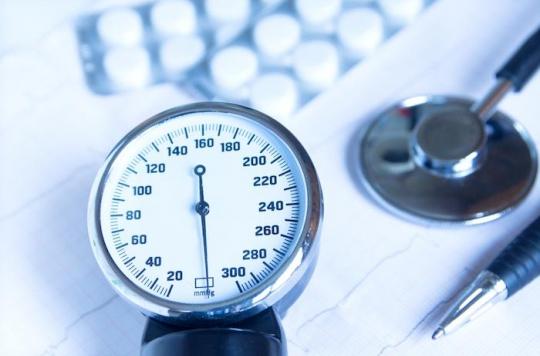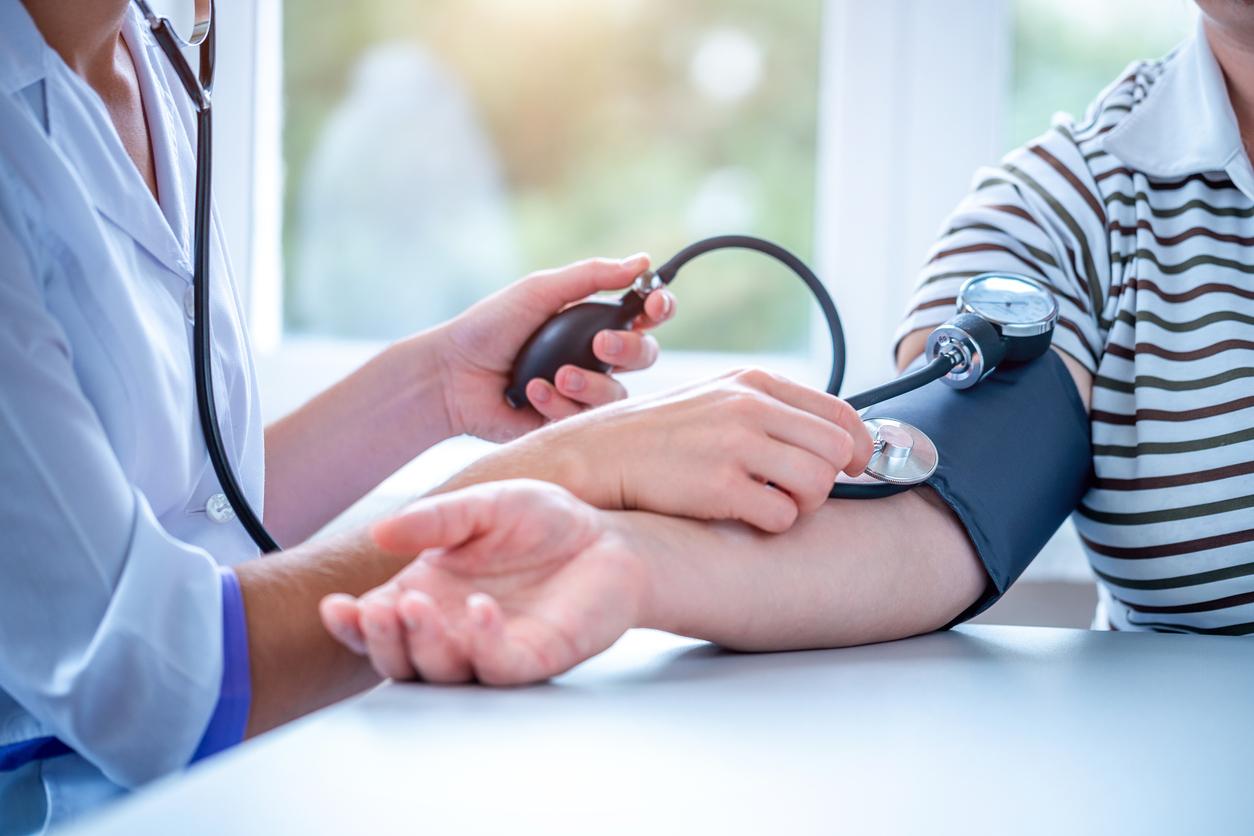Stimulation of the carotid baroreflex reduces blood pressure and could be applied for the treatment of resistant hypertension.

The “baroreflex” is a reflex triggered during the stimulation of blood pressure receptors in the arteries, the “baroreceptors”. These are located in the carotid sinuses and the aortic sinus. These receptors are sensitive to the stretching of blood vessels and activate when blood pressure changes.
It is this stimulation, thanks to the implantation of a kind of pace-maker that researchers have tried, in a study published in the journal The Lancet. According to them, this stimulation would reduce blood pressure, especially in patients with high blood pressure resistant to all drug treatments.
An effective method
Thirty patients, as many men as women, unbalanced under treatment for their hypertension received the implantation of the device allowing to stimulate the baroreflex. Aged on average 52, they were all taking at least four different medications to treat their high blood pressure with little success.
The mean arterial pressure measured at the doctor’s office was 184/109 mm Hg (18/14) at the start of the test and baroreflex stimulation produced a decrease of 24/12 mm Hg at 6 months (p = 0.0003 for the drop in systolic blood pressure and p = 0.0001 for the drop in diastolic blood pressure.
The 24-hour ambulatory blood pressure (ABPM) measurement at baseline was 155/100 mm Hg (17/14) and baroreflex stimulation achieved a reduction of 21/12 mm Hg at 6 months (p <0.0001 for the decrease in systolic and diastolic arterial pressure) /
Some unwanted effects
Four people had side effects after six months. Two suffered from hypotension, one saw his hypertension worsen, one suffered from intermittent claudication, and another saw his wound become infected.
According to the doctors, this implantation of baroreceptors made it possible to considerably lower the blood pressure of the patients who agreed to submit to the device. However, in view of the side effects experienced by some patients, further trials are needed to investigate the use of this treatment.

.
















